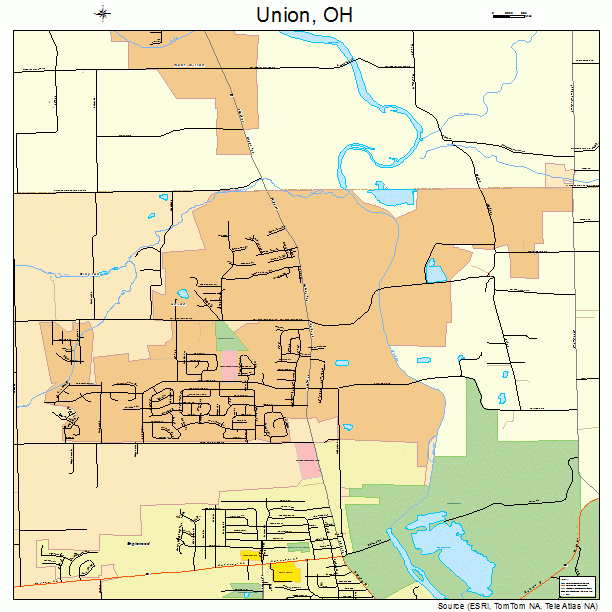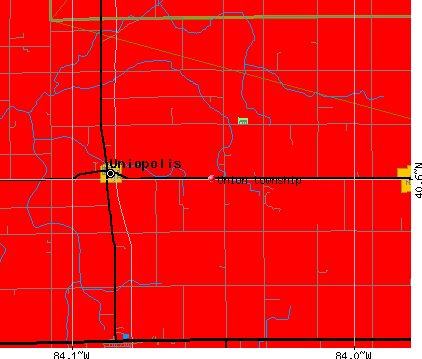


Then, like today, access to transportation was key. At one time or another, every village even had its own U.S. There were homes and places of worship, schools and grocery stores, mills and factories, tan yards and blacksmith shops, hotels and dance halls, taverns and inns, canal ports and railroad depots. They flourished in much the same way as our greater Township flourishes today – propelled forward over a period of decades by factors like population growth, jobs and opportunity, advancements in technology and development of the land. United under the banner of Union Township, the villages all had unique ways of life. Many of our founding families, earliest residents and first stakeholders chose to make their living here, building homes and businesses throughout these six original small towns.

Each village developed its own charm and character, largely dependent upon its physical location within our border. The villages sprang up in the early 19th century, forming city centers out of and in between vast swaths of farmland covering much of Union Township in the 1800s and early 1900s. Today, you’ll find references to (Olde) West Chester, Gano, Maud, Pisgah, Port Union and Tylersville. If you’ve ever spent any amount of time around West Chester, Ohio, you’ve likely come across the villages that dot our map and perhaps wondered about their origins.Īctivity in the main villages actually predates the official establishment of Union Township, which occurred June 2, 1823.


 0 kommentar(er)
0 kommentar(er)
